
NO&T Dispute Resolution Update
NO&T Asia Legal Review
In Part 1 of this series, we previously reported on two key updates in the 7th edition of the Arbitration Rules of the Singapore International Arbitration Centre (“SIAC”), which came into force on 1 January 2025 (the “New Rules”) and replaces the 6th edition from 2016 (the “2016 Rules”).
In continuation to Part 1, this piece highlights another 2 key updates in the New Rules: (i) emphasis on potential mediation and settlement as part of the arbitral process, and (ii) enhancements to arbitrator appointment and removal for greater fairness and certainty.
The SIAC has long been a supporter of the amicable resolution of disputes. When the Singapore International Mediation Centre (“SIMC”) was first established in 2014, a new “Arb-Med-Arb” protocol was set up through the collaboration of the SIAC and the SIMC, to encourage parties to explore settling their disputes through mediation at the SIMC, within the SIAC arbitration framework (the “AMA Protocol”).
Now the New Rules seek to further emphasise the role of mediation for settlement in the arbitration process by referring to amicable dispute resolution, whether via the AMA Protocol or otherwise, at various junctures from the outset:
| Rule No. | Rule Title | Text of Rule |
|---|---|---|
| 6.4 | Notice of Arbitration | The Notice may include […] any comment on the adoption of amicable dispute resolution methods such as mediation under the SIAC-SIMC AMA Protocol for the settlement of all or part of the dispute. |
| 7.3 | Response to the Notice of Arbitration | The Response may include any comment on the adoption of amicable dispute resolution methods such as mediation under the SIAC-SIMC AMA Protocol for the settlement of all or part of the dispute. |
| 32.4(a) | Conduct of the Proceedings | At the first case management conference, the Tribunal may additionally consult with the parties on […] the potential for the settlement of all or part of the dispute, including through the adoption of amicable dispute resolution methods such as mediation under the SIAC-SIMC AMA Protocol. |
| 50.2(l) | Additional Powers of the Tribunal | […] the Tribunal shall have the power to […] make any necessary directions, including a suspension of proceedings, for the parties to adopt any amicable dispute resolution methods such as mediation under the SIAC-SIMC AMA Protocol. |
Under the New Rules, therefore, parties are prompted from an early stage to consider the settlement of their disputes via amicable dispute resolution, and the Tribunal is also encouraged to discuss the possibility of settlement with the parties. Further, the Tribunal is expressly empowered to assist parties who are exploring alternative means of dispute resolution by suspending arbitral proceedings pending such endeavours. While these references to settlement are non-mandatory in nature, they nonetheless signal and facilitate settlement possibilities within the framework of arbitration, which is welcome.
The New Rules have also enhanced the fairness and transparency of appointment and removal of arbitrators as follows:
These enhancements further buttress the neutrality and impartiality of arbitrators and the overall fairness of the arbitration process. This in turn serves to further shield the eventual award from potential challenge as an arbitrator’s lack of impartiality is a potential ground for setting aside the award.※1
The above updates to the SIAC Rules reflect the SIAC’s endeavours in ensuring the most effective resolution of parties’ disputes from both ends: by promoting the use of amicable dispute resolution methods to settle the dispute where possible; and if settlement fails, to safeguard the eventual award.
*1
Indeed, in the recent case of DJO v DJP [2024] SGHC(I) 24, the Singapore International Commercial Court set aside an arbitral award for breaches of the rules of natural justice, and one of their reasons for doing so was that the presiding arbitrator had not been impartial.
This newsletter is given as general information for reference purposes only and therefore does not constitute our firm’s legal advice. Any opinion stated in this newsletter is a personal view of the author(s) and not our firm’s official view. For any specific matter or legal issue, please do not rely on this newsletter but make sure to consult a legal adviser. We would be delighted to answer your questions, if any.
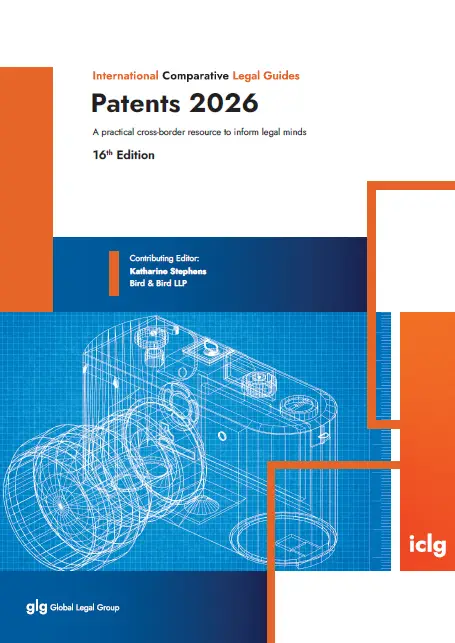

(October 2025)
Kenji Tosaki
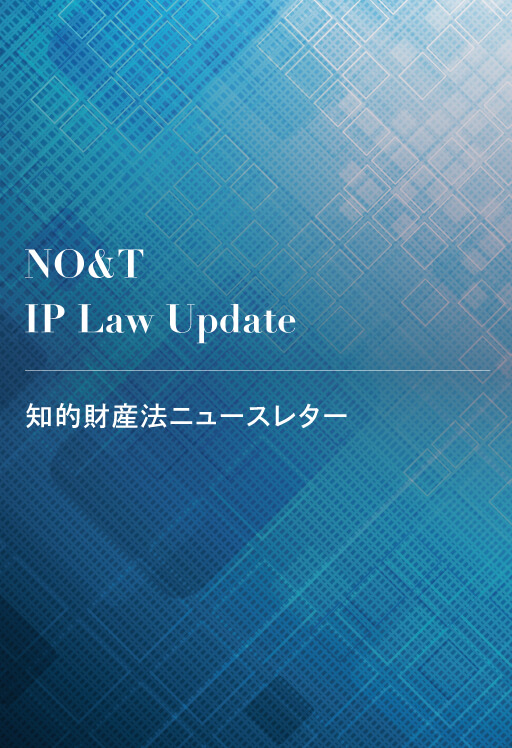

Kenji Tosaki, Takahiro Hatori, Nozomi Kato (Co-author)


Claire Chong, Nozomi Kato (Co-author)
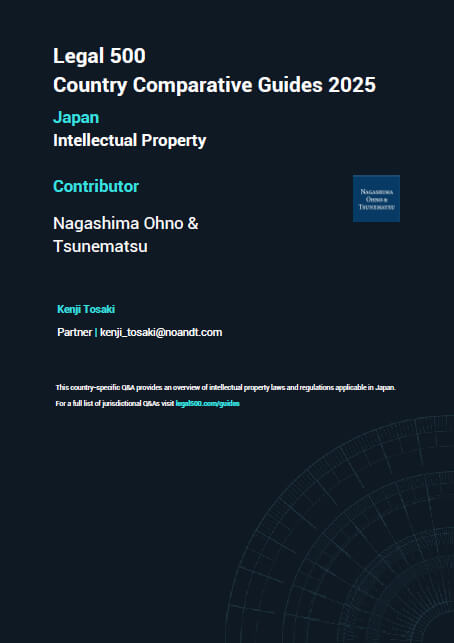

(September 2025)
Kenji Tosaki


Justin Ee, Kennosuke Muro (Co-author)
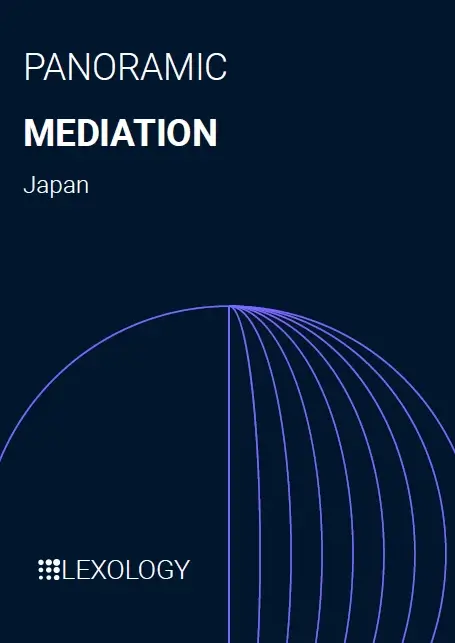

(July 2025)
Junichi Ikeda, Tomohiko Nabeshima, Akiko Inoue (Co-author)
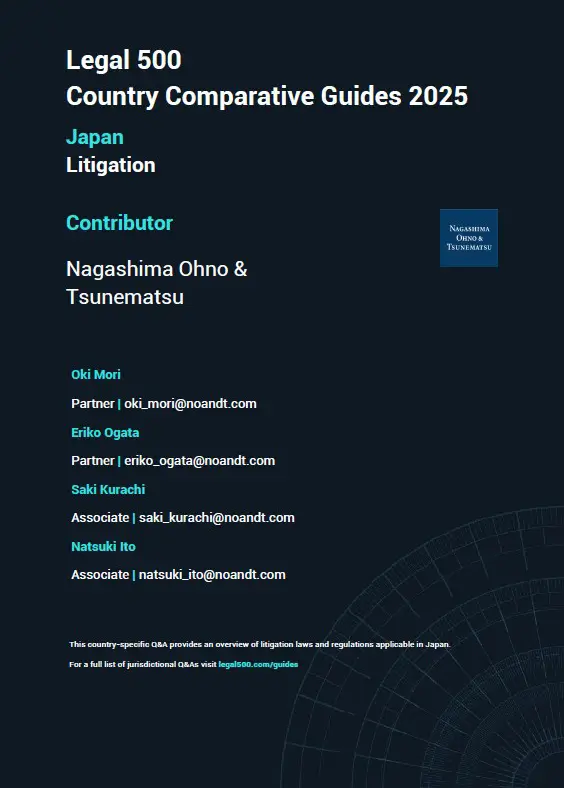

(July 2025)
Oki Mori, Eriko Ogata, Saki Kurachi, Natsuki Ito (Co-author)
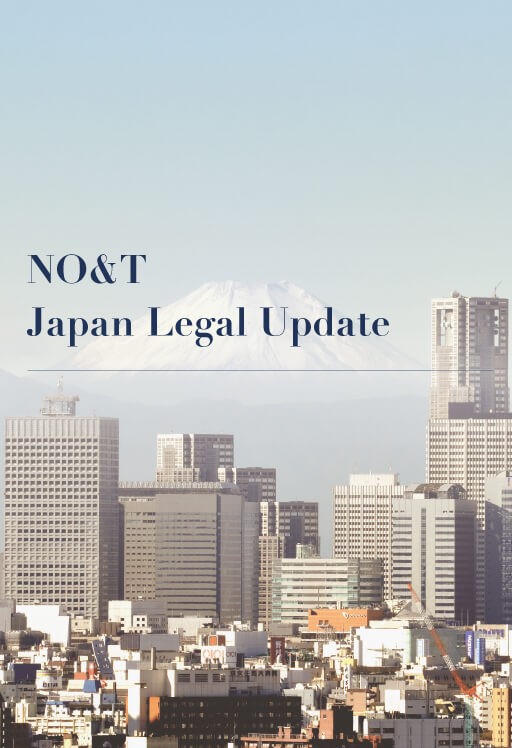

Hiroki Tajima


Claire Chong, Nozomi Kato (Co-author)
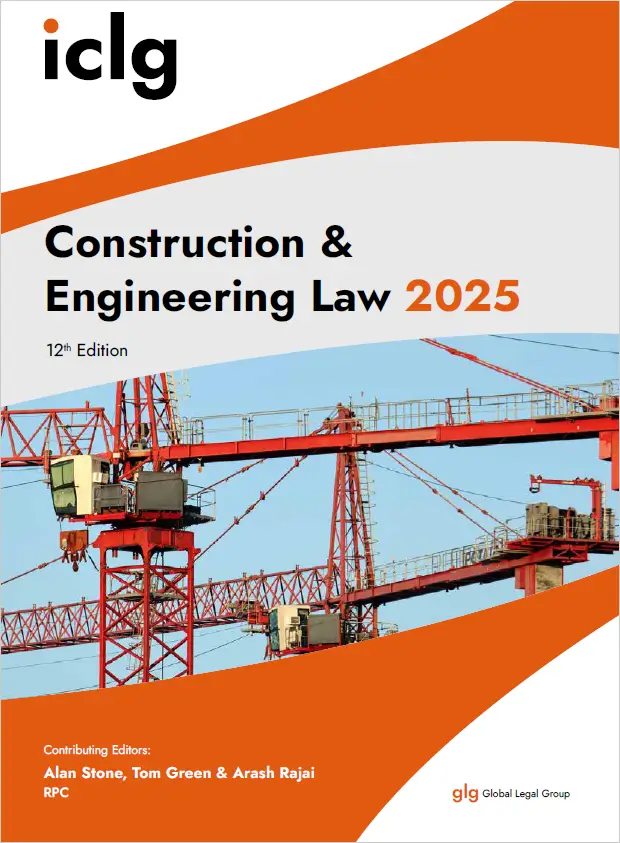

(August 2025)
Kaori Sugimoto


(July 2025)
Oki Mori, Eriko Ogata, Saki Kurachi, Natsuki Ito (Co-author)
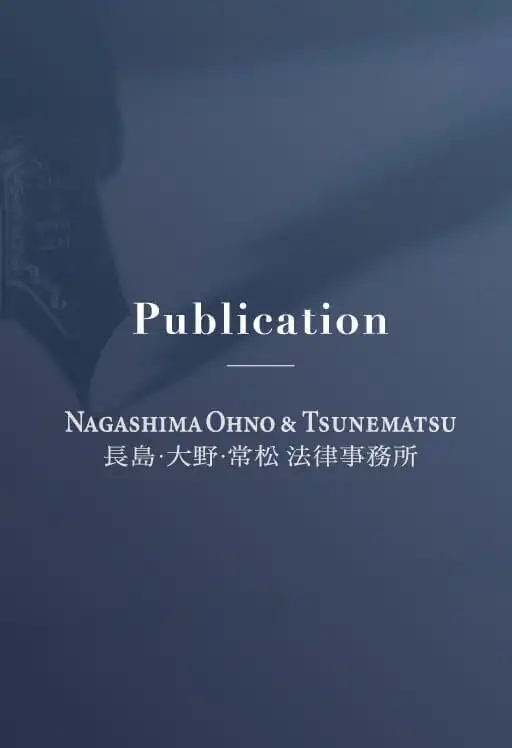

(February 2025)
Koki Yanagisawa, Hiroyuki Ebisawa (Co-author)


Claire Chong, Nozomi Kato (Co-author)


(August 2025)
Kaori Sugimoto


Justin Ee, Kennosuke Muro (Co-author)


(July 2025)
Junichi Ikeda, Tomohiko Nabeshima, Akiko Inoue (Co-author)
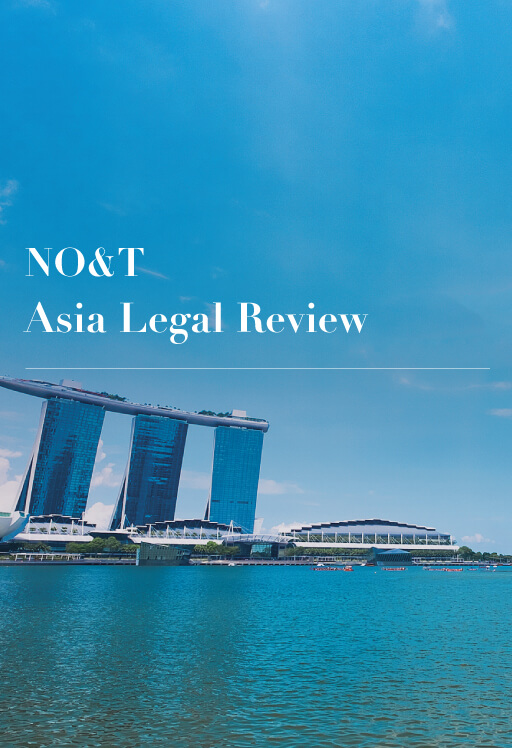

Supasit Boonsanong, Thananya Pholchaniko, Phareeya Yongpanich (Co-author)


Patricia O. Ko


Claire Chong, Nozomi Kato (Co-author)


Yuan Yao Lee


Supasit Boonsanong, Thananya Pholchaniko, Phareeya Yongpanich (Co-author)


Patricia O. Ko


Claire Chong, Nozomi Kato (Co-author)


Yuan Yao Lee


Claire Chong, Nozomi Kato (Co-author)


Justin Ee, Kennosuke Muro (Co-author)


Kara Quek, Kennosuke Muro (Co-author)


Annia Hsu, Kennosuke Muro (Co-author)